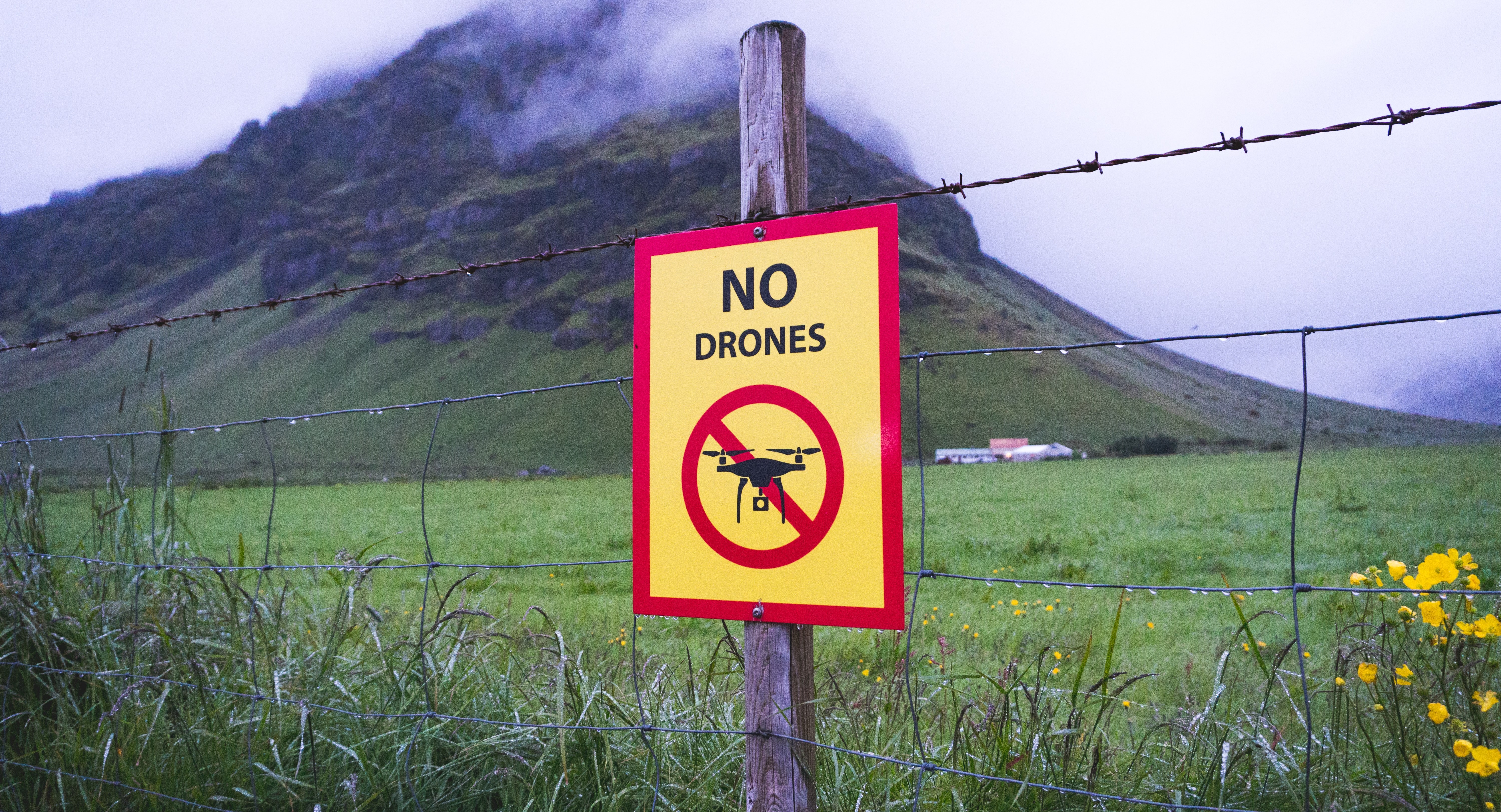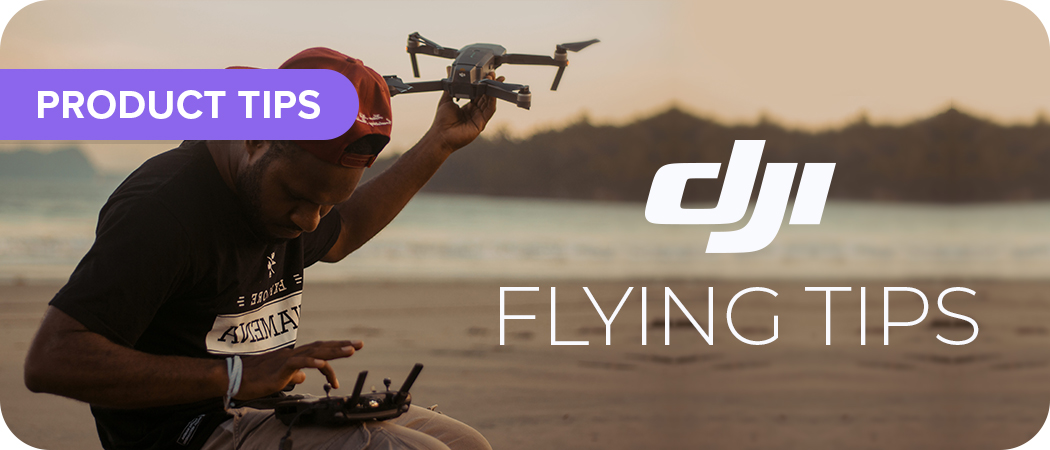While Australia hosts an abundance of incredible sites both on land and off-shore for drone flying and aerial photography, you must remember to always fly responsibly and according to law. To make things easier for you, we have consolidated the most important drone flight regulations and battery transport policies for your reference.
In Australia, following regulations set out by the The Australian Civil Aviation Safety Authority or CASA, is a must when it comes to flying your drone.
Operations credentials
Before flying, you must know if you require either a remotely piloted aircraft (RPA) operator accreditation or a remote pilot licence (RePL).
If you are flying for business or as part of your job and your drone weighs between 250 g but no more than 25 kg and you only fly it over your own land, you must get a RPA operator accreditation. Depending on the size category of your drone the RPA accreditation varies from Micro, Very Small to Small. You must also get an aviation reference number (ARN) and register your drone before you fly for all instances where operation is for business or work purposes.
If flying leisurely you do not require an RPA operator's accreditation.
Only when flying a RPA weighing more than 25 kgs but not more than 150kgs for business purposes, is when pilots must obtain a remote pilot licence (RePL) for the type and model of drone being flown. Is it also required for pilots to have a RePL if piloting for individuals or businesses that remotely piloted aircraft operator's certificate (ReOC).
Read More: Tips For Flying Your Drone Over Water
Regulations
Once you have figured out whether you need any type of accreditation or not the next step is to be aware of the safety regulations set out by CASA. A few of the most important ones particularly for non-licensed pilots are:
To fly:
- Below the CASA’s altitude limit of 120m
- Fly one drone at a time
- Fly within line of sight
- And not record photographs without people's consent
To not fly:
- In dangerous areas or near emergency operations
- Over crowds or populous areas
- Closer than 30m to people
- At night
- In prohibited/restricted airspace or closer than 5.5km to a controlled airport
- In severe weather conditions
If you have one or more licences with CASA exceptions may apply.

Battery Transportation
When taking your aircraft and its accessories overseas, it is important to be aware of the battery transportation regulations within different airlines. We have put together the predominant regulations amongst most airlines here:
Before you fly, please check your local rules & regulations along with park regulations to ensure a safe & legal flight.
Read More: Best DJI Drones for Beginners [2022]
Small Batteries
|
Medium Batteries
|
Large Batteries
|
|
Battery Energy
<100 Wh
|
Battery Energy
100-160 Wh
|
Battery Energy
>160 Wh
|
|
Carry-on Baggage
The maximum number of detached batteries per persons onboard is 20 .
Otherwise attached batteries to the drone can be carried onboard
|
Carry-on Baggage
The maximum number of detached batteries per persons onboard is 2 .
Otherwise attached batteries to the drone can be carried onboard
|
Carry-on Baggage
Cannot be carried on board.
|
|
Checked-in Baggage
Detached batteries cannot be checked in while devices with small attached batteries can be checked in.
|
Checked-in Baggage
Detached batteries cannot be checked in while devices with medium attached batteries can be checked in.
|
Checked-in Baggage
Cannot be checked in.
|
|
Equipment Type
Mavic Series, Phantom Series, Spark, Osmo Series, product accessories.
Inspire 1 Pro/Raw apply to this battery
|
Equipment Type
Certain Inspire and Matrice enterprise aircrafts.
|
Equipment Type
MG Series, Certain Matrice aircraft.
|
Care Refresh
Now if you think you might not get the hang of it as quickly, for first-time flyers it is highly recommended to add on Care Refresh to insure your drone. Care Refresh is a comprehensive service enabling repair or replacements to your drone in the case of damage or if your aircraft goes missing. This added protection towards your drone means that you can fly with more peace of mind knowing you can get back to flying faster than ever if something unfortunate does occur.
Read More: Best Places To Fly Your Drone In Australia









